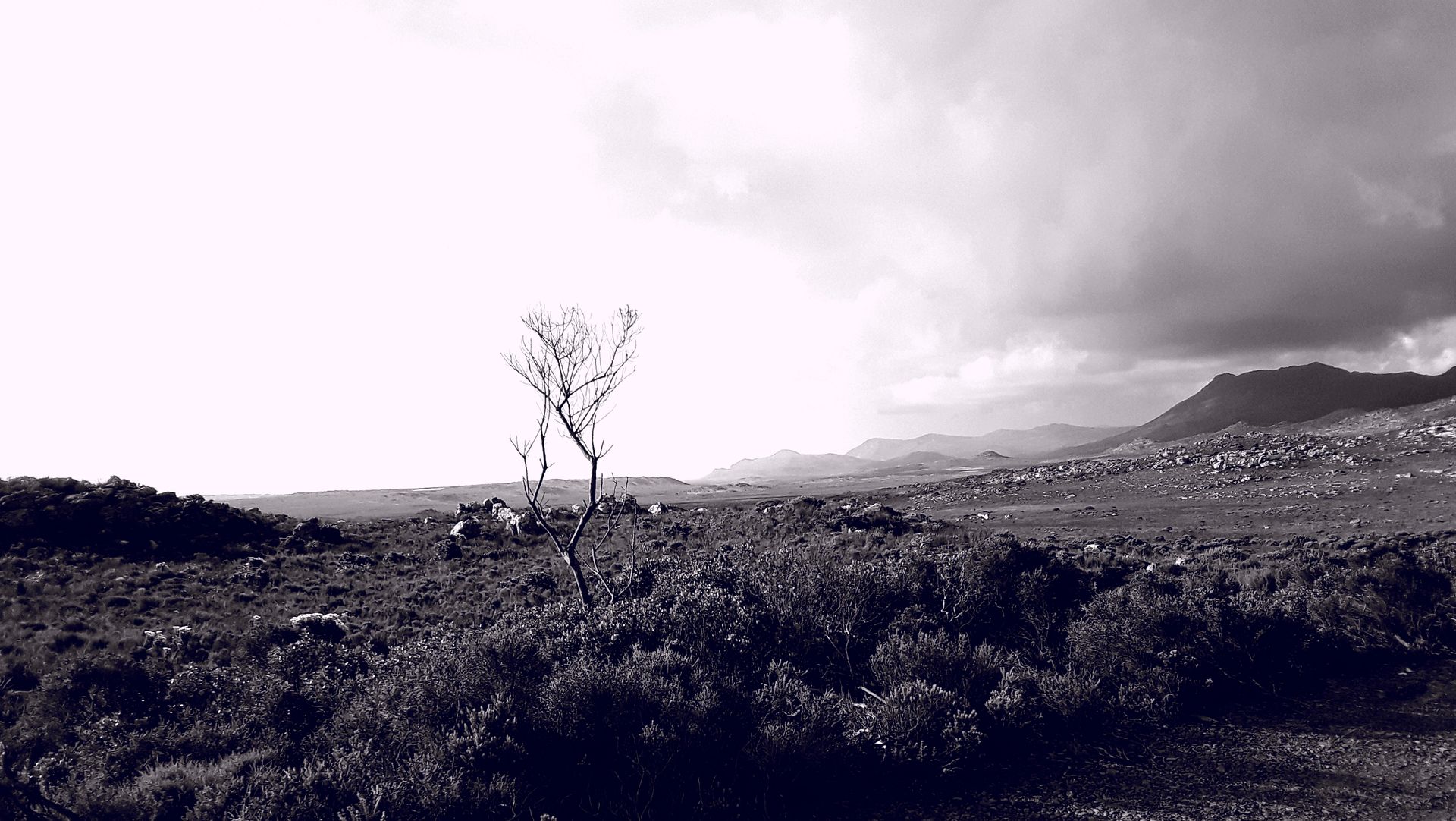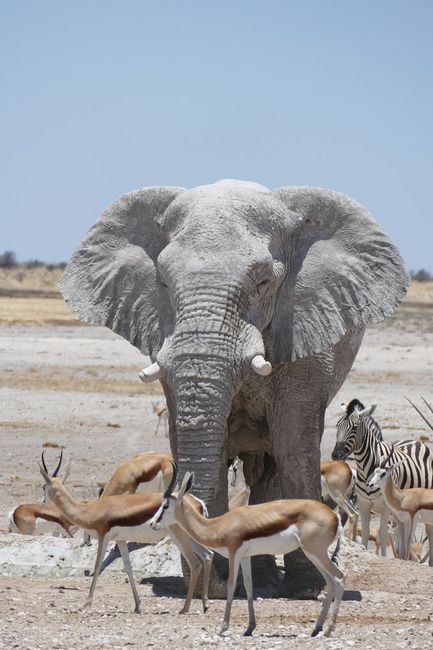Of unicorns, caimans, strange birds and roaring waters
Ebipụtara: 12.06.2018
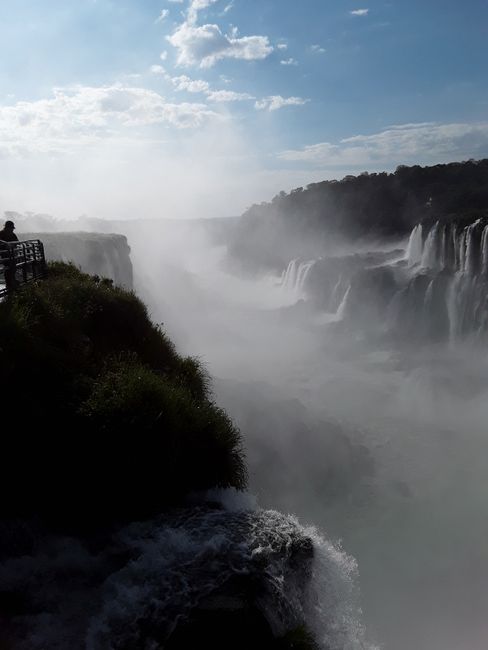
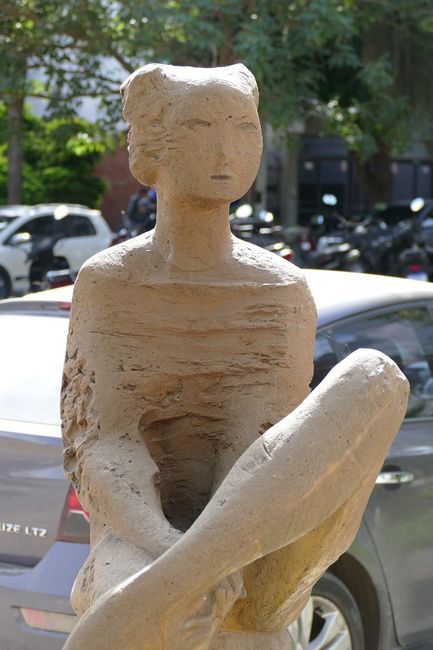
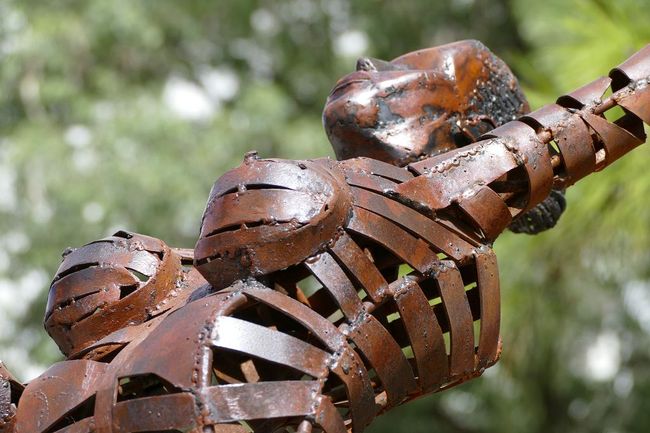
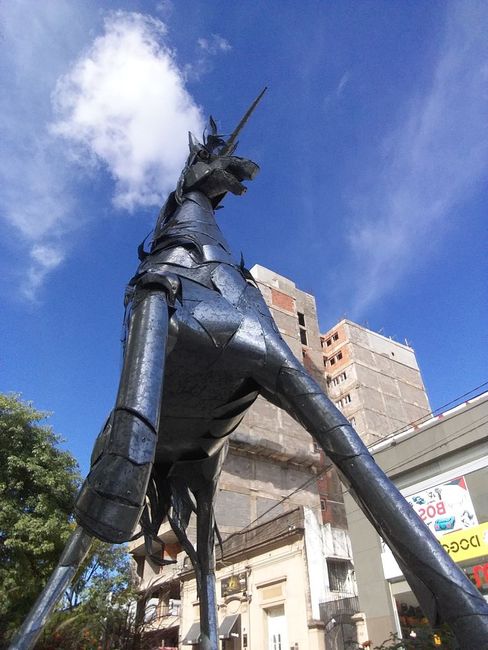
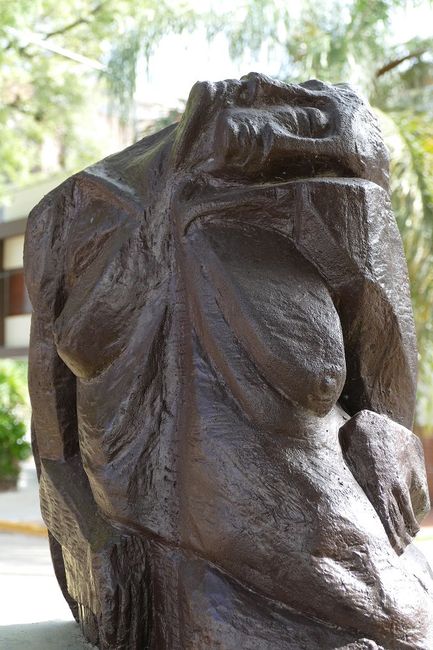
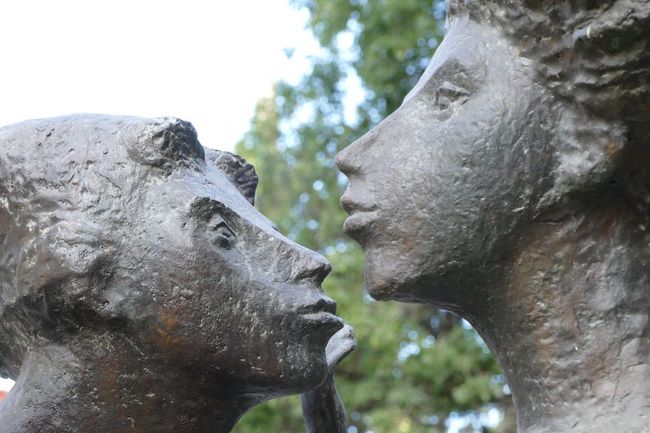
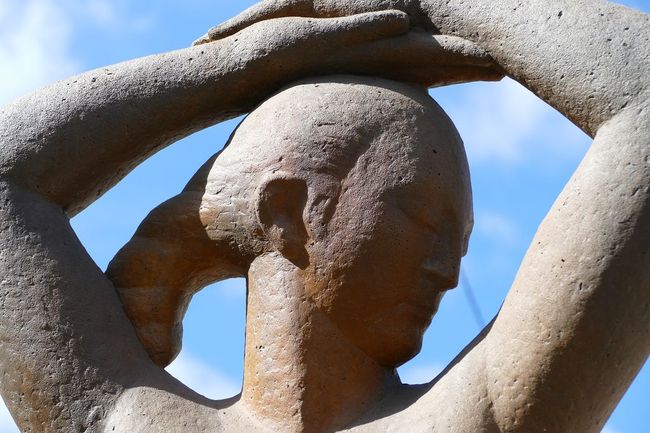
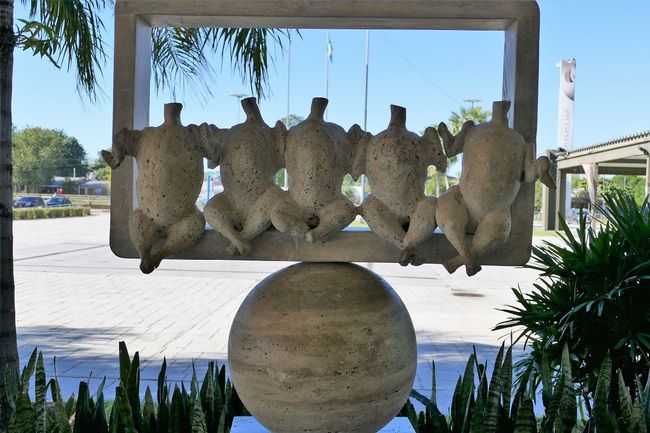
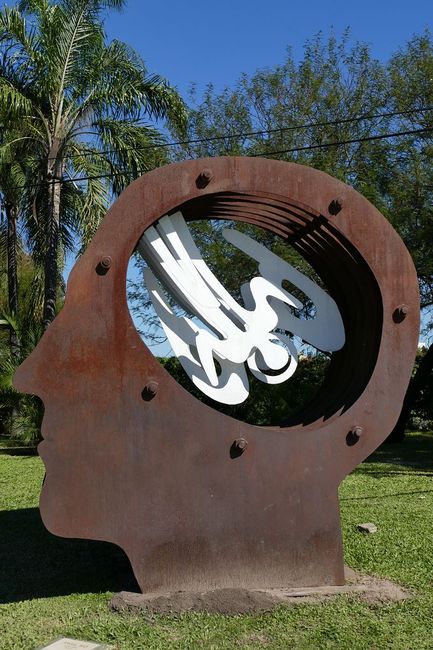
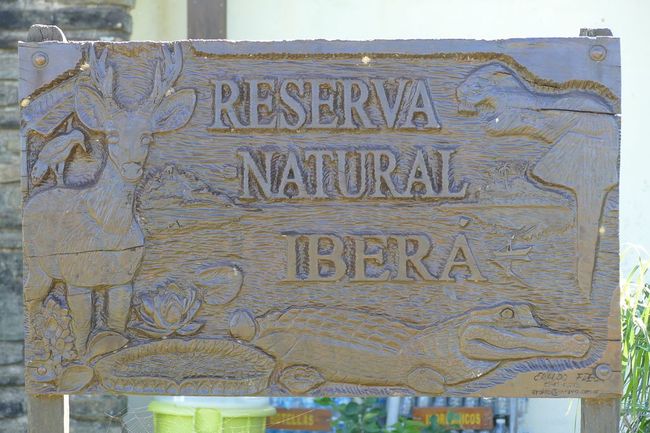
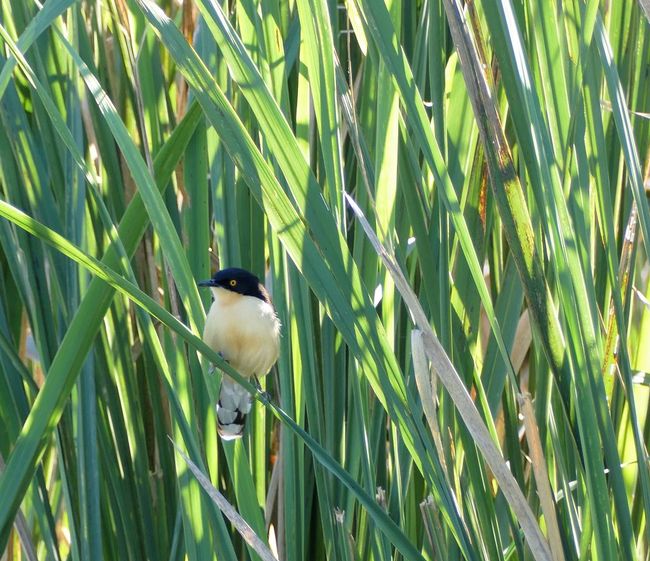
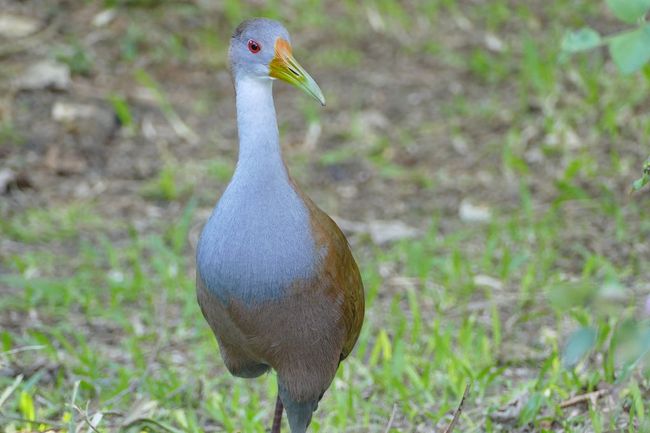
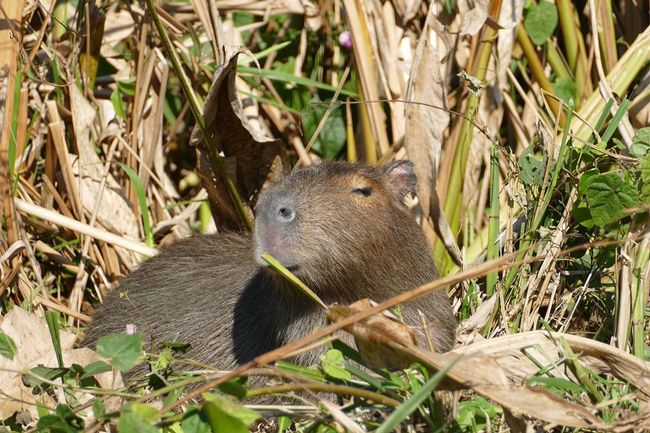
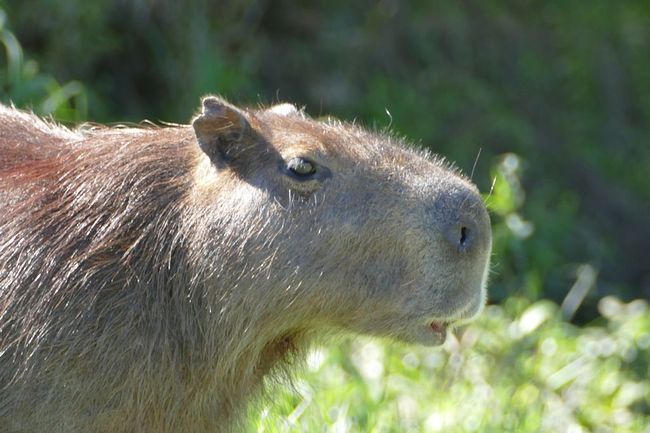
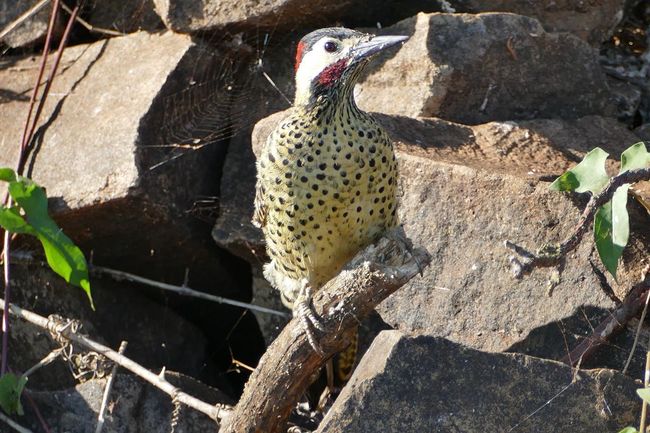
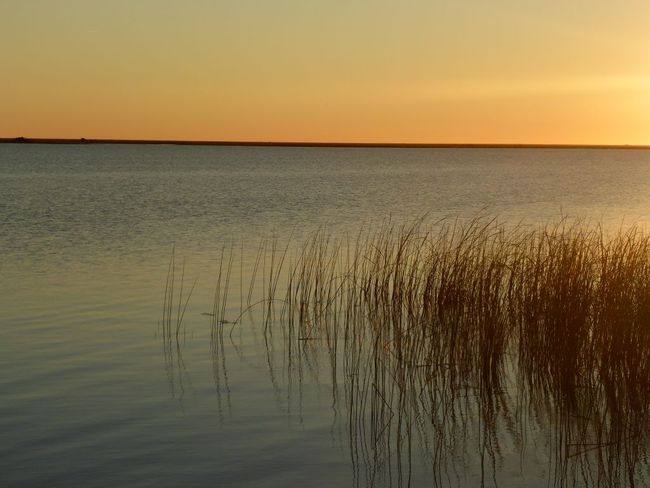
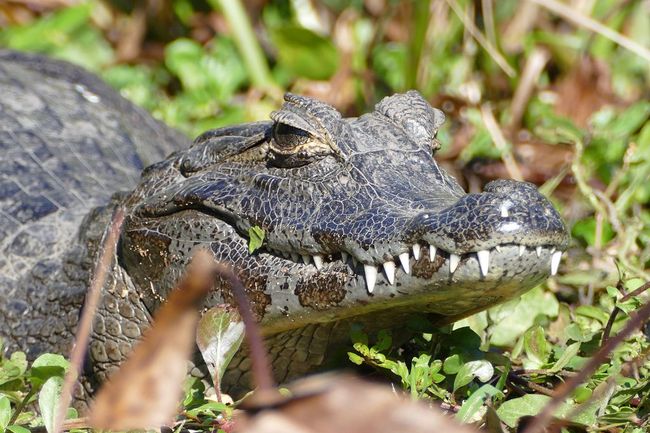
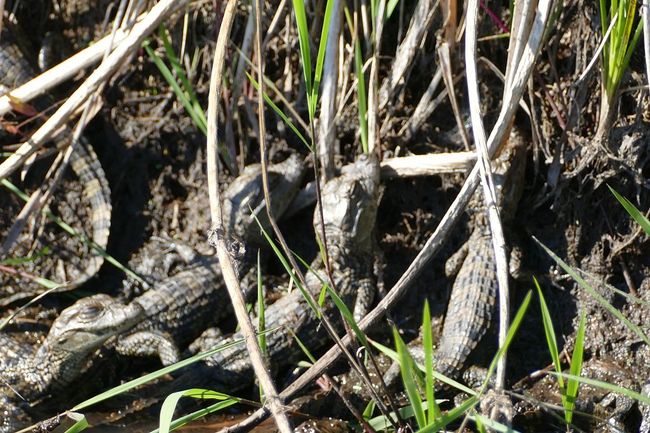
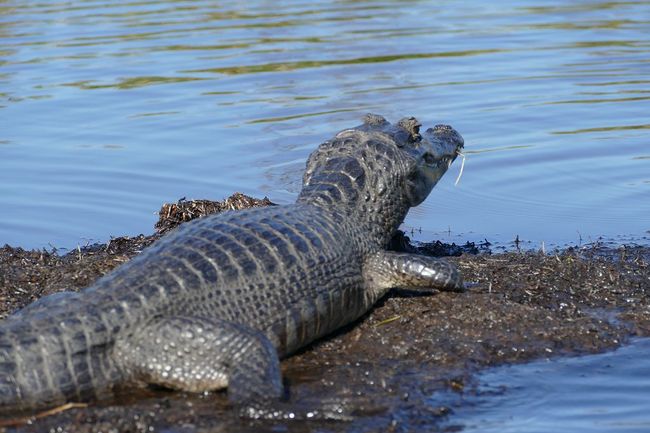
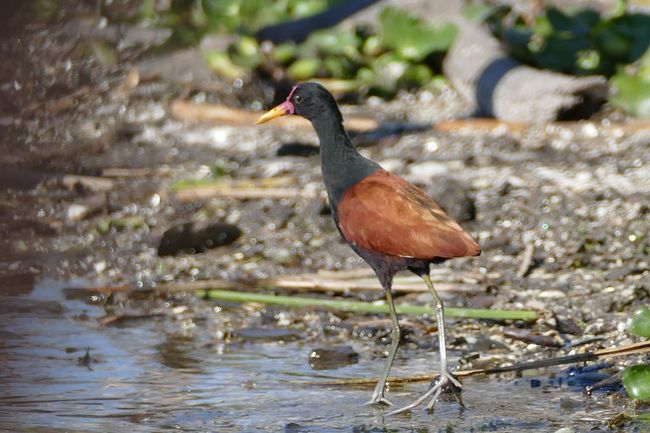
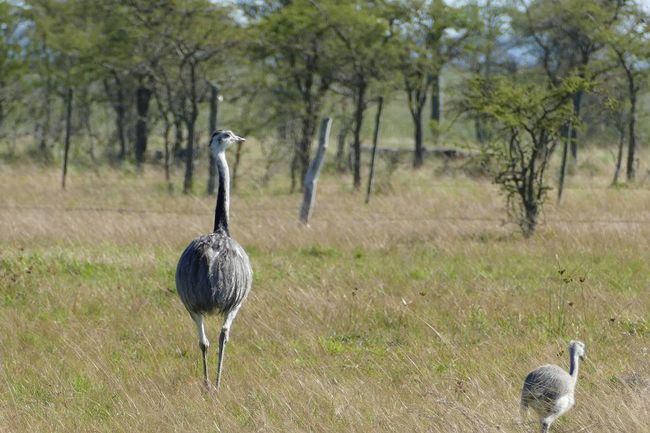
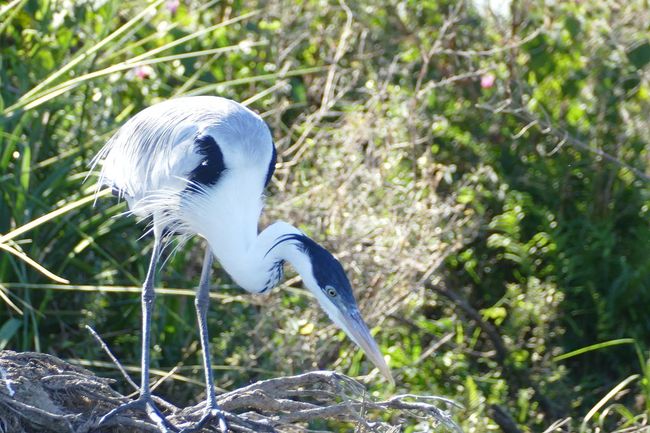
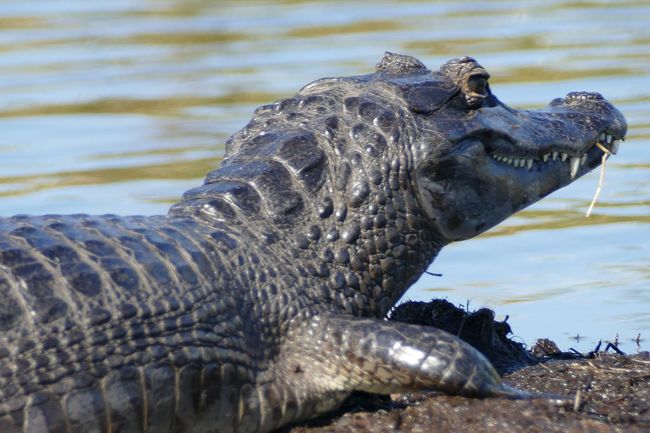
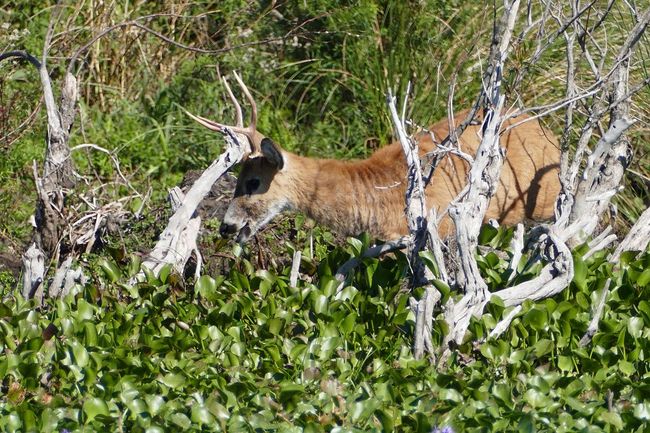
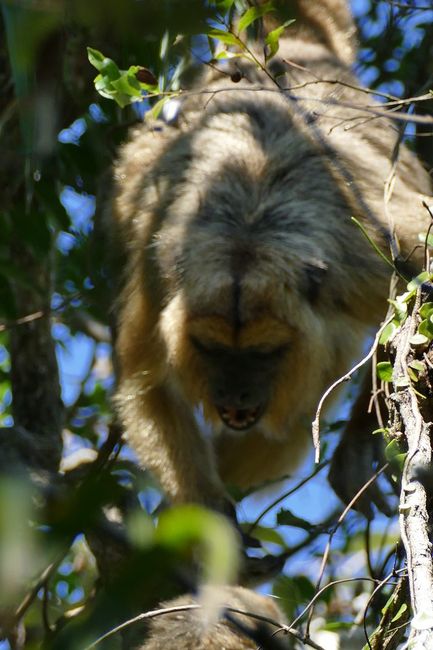
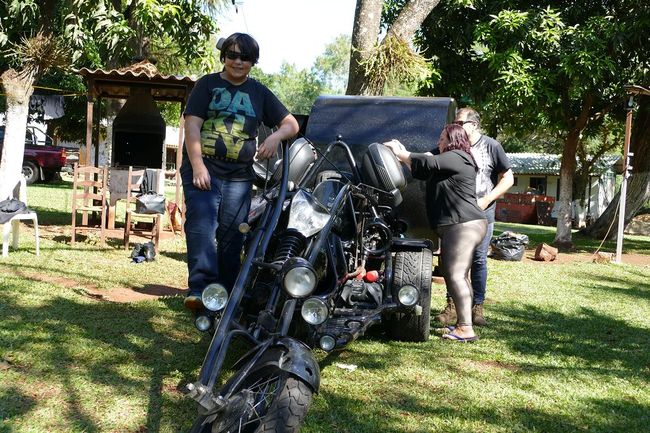
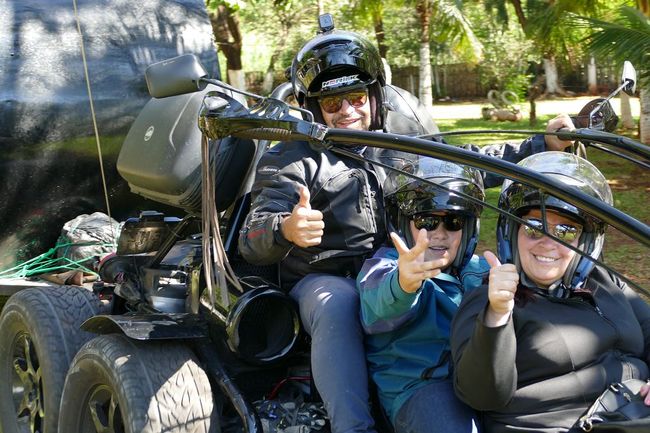
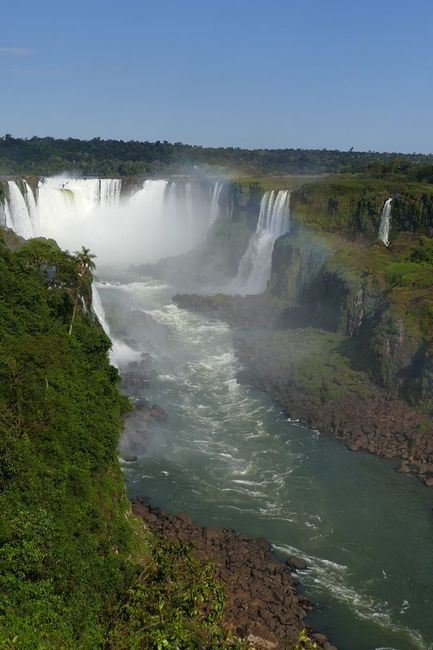
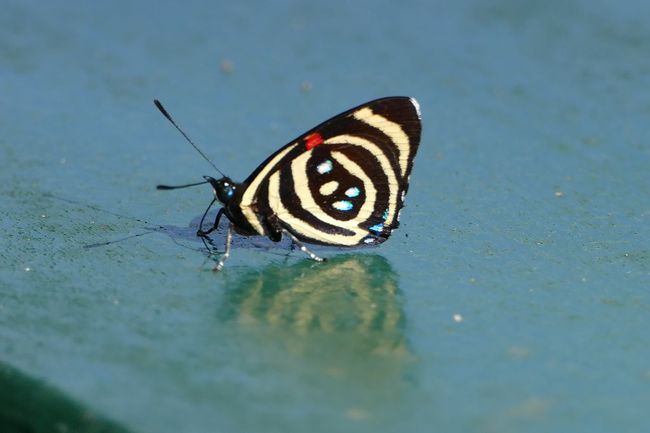
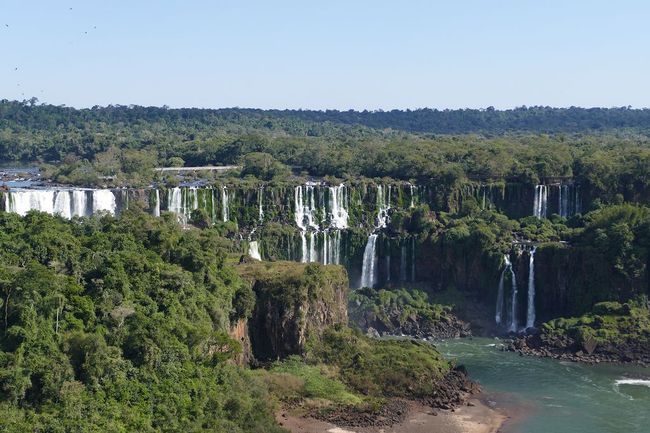
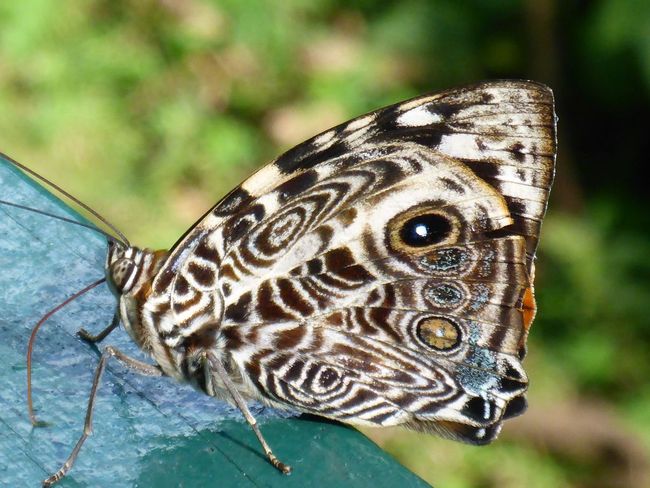
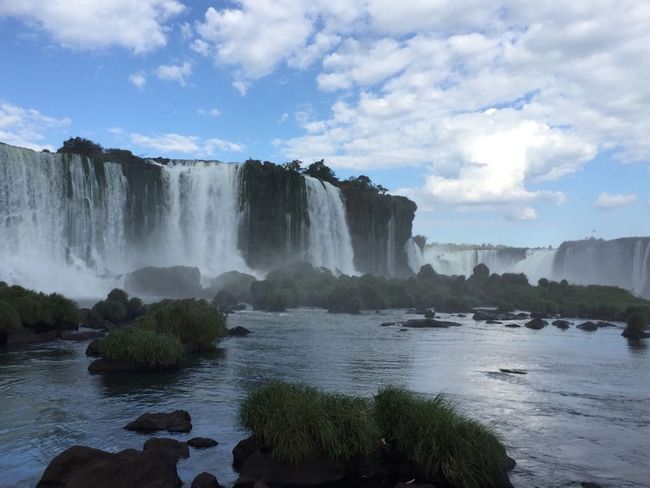
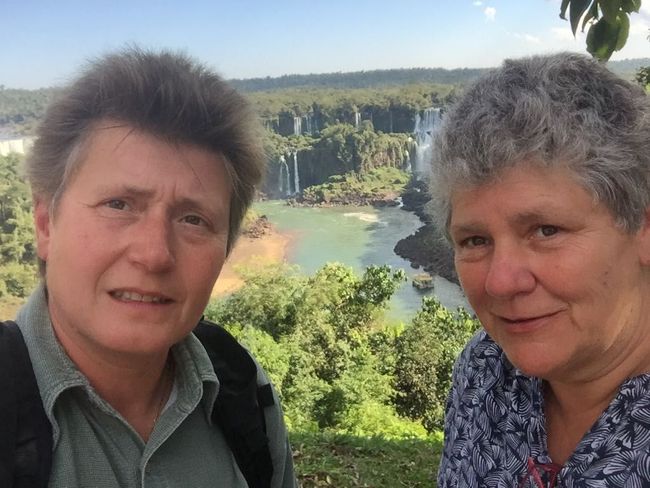
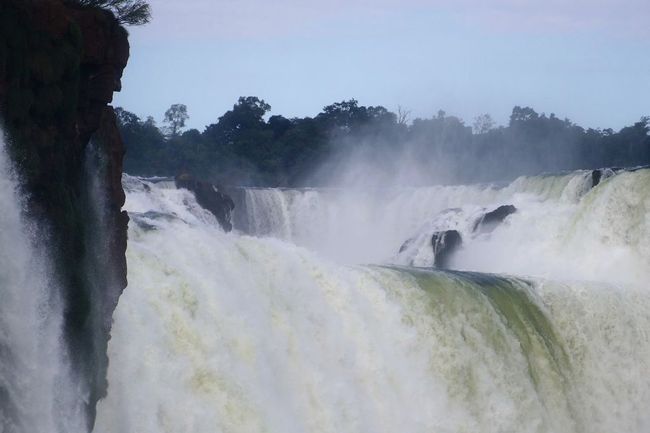
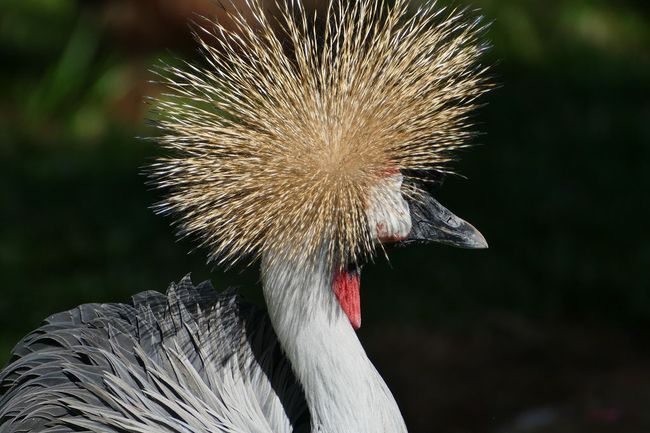
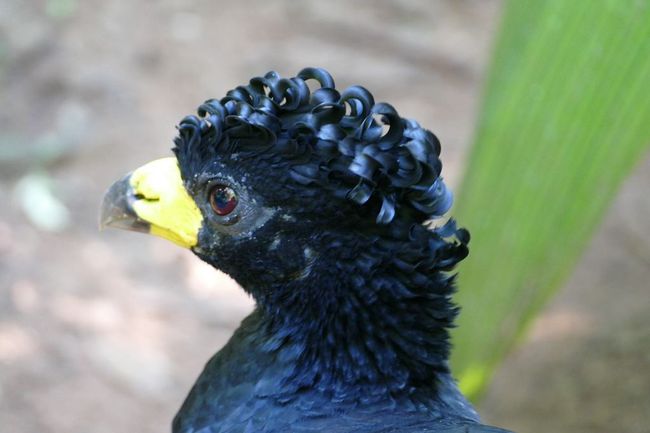
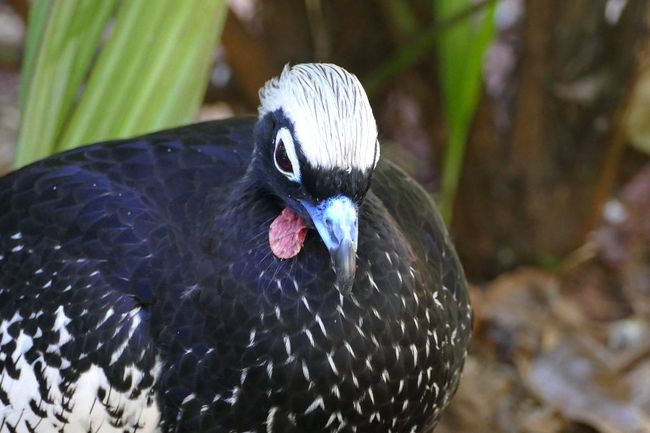
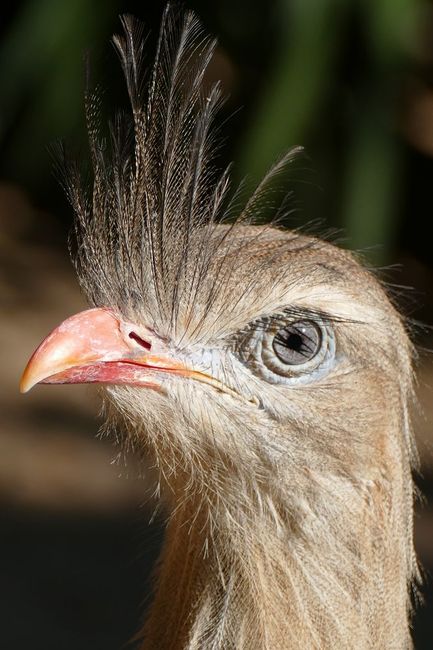
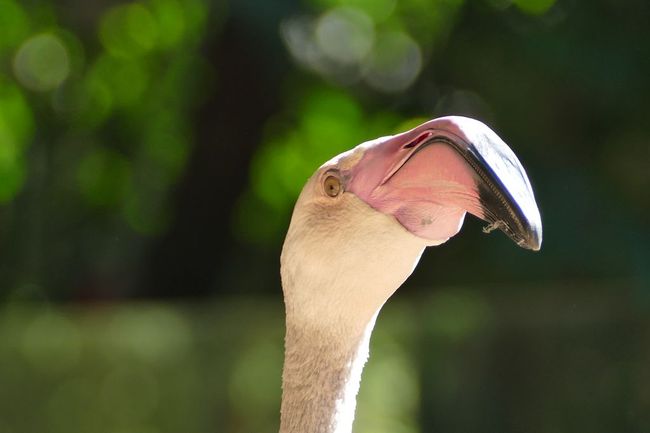
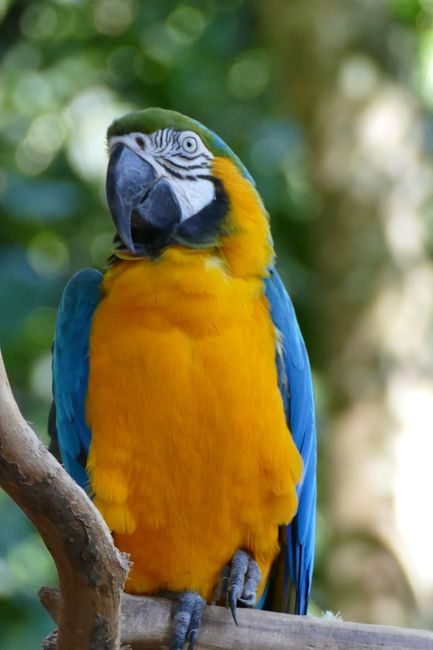
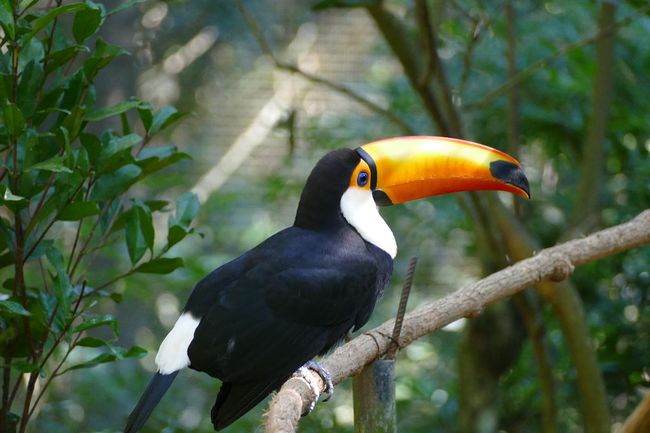
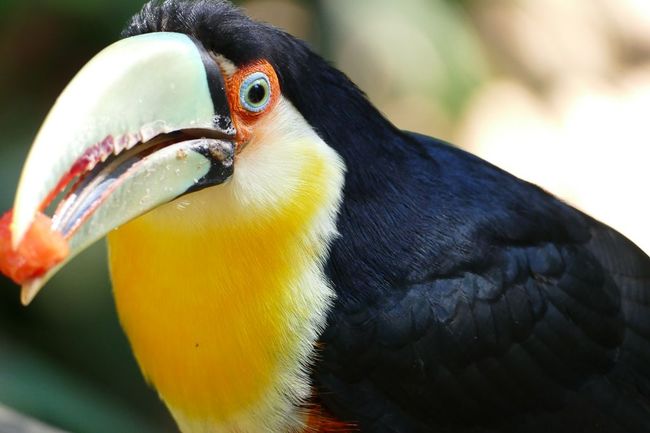
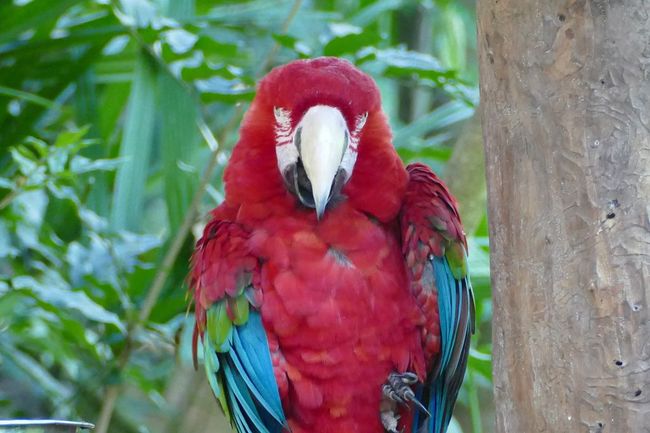
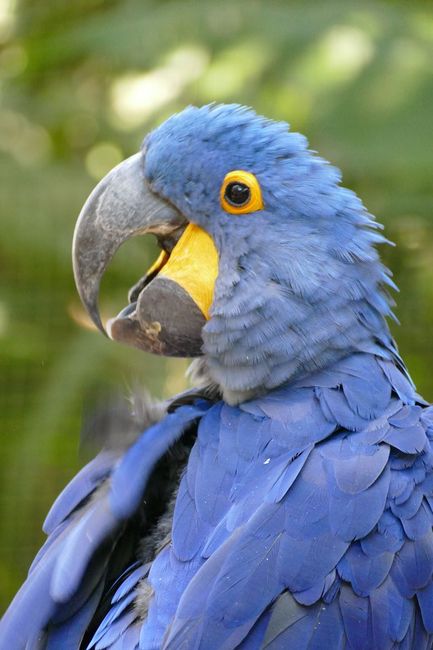
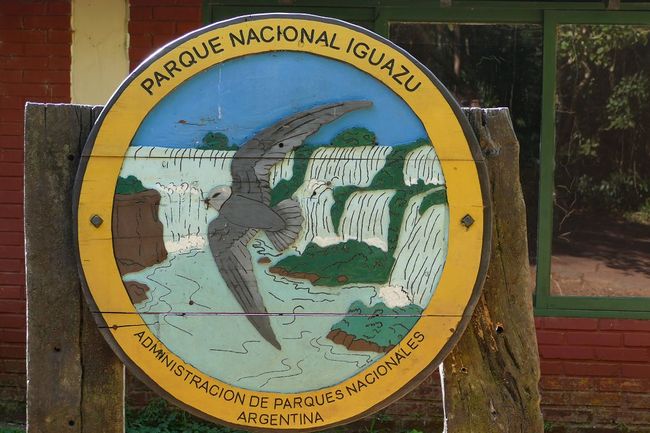
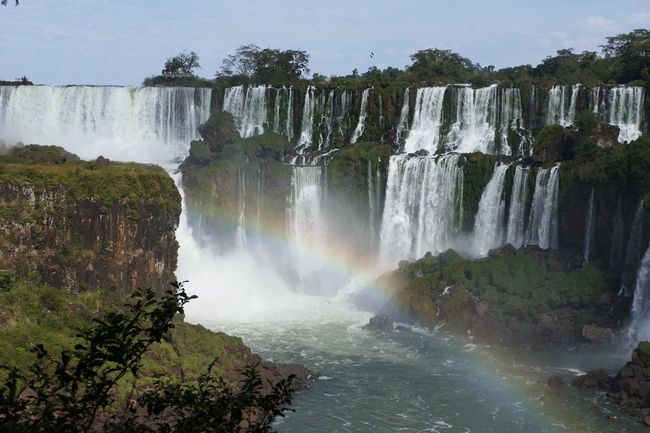
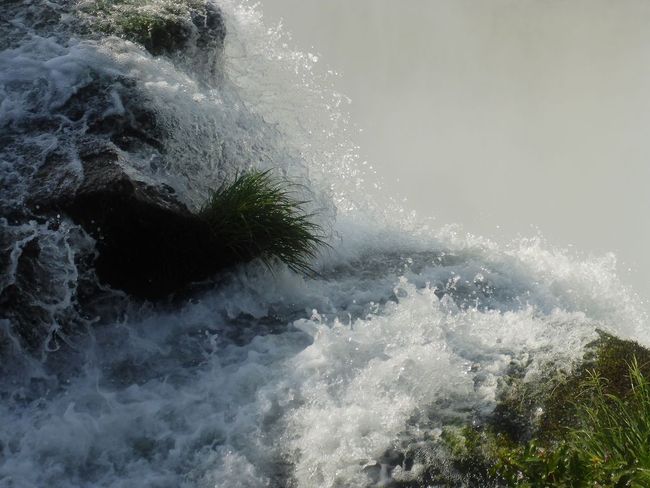
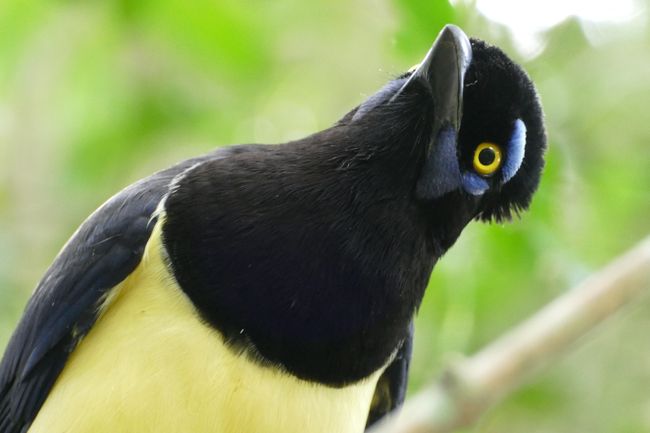
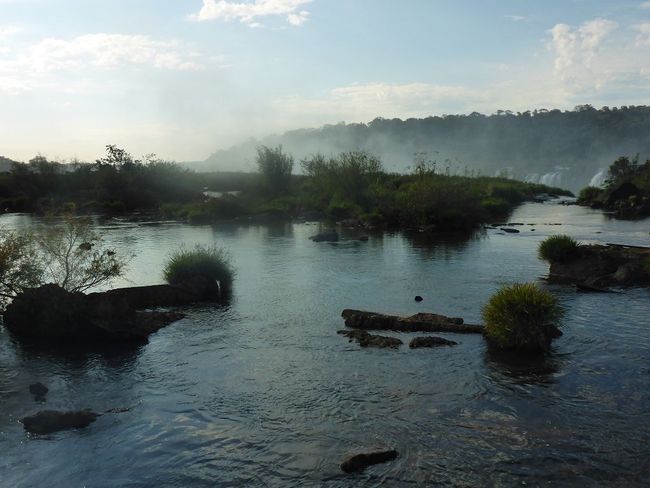
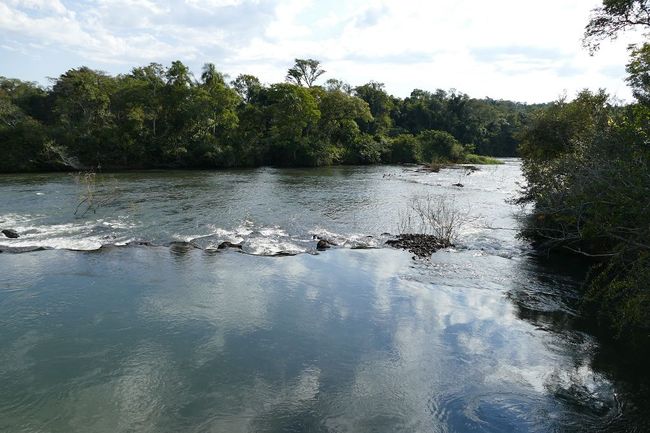
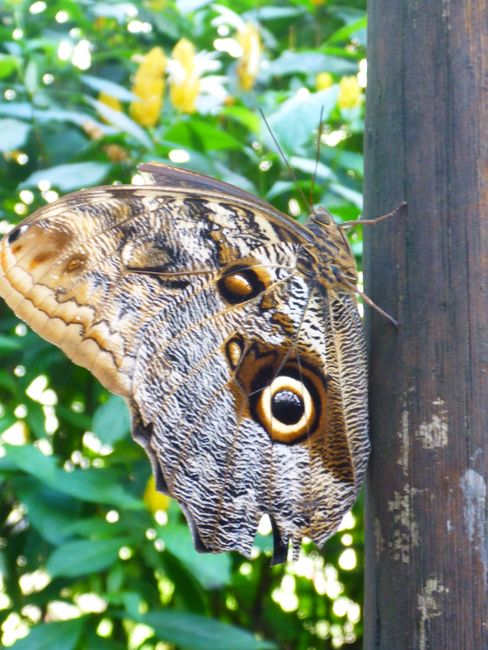
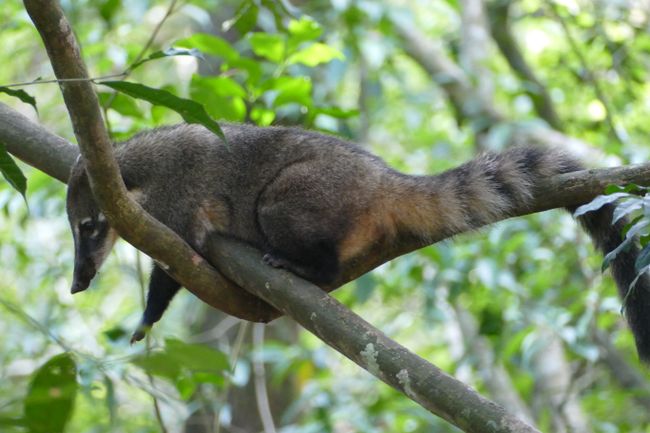
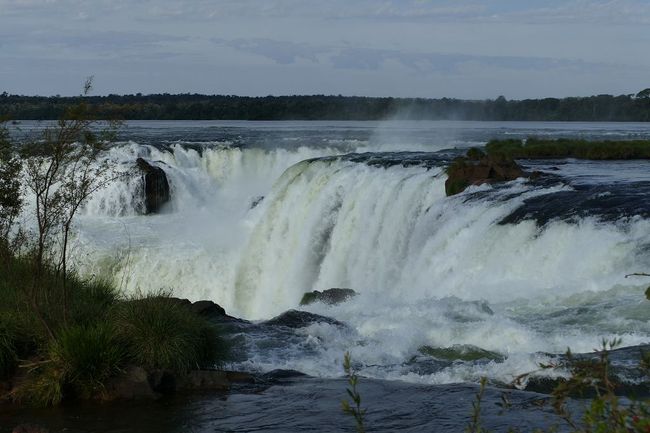
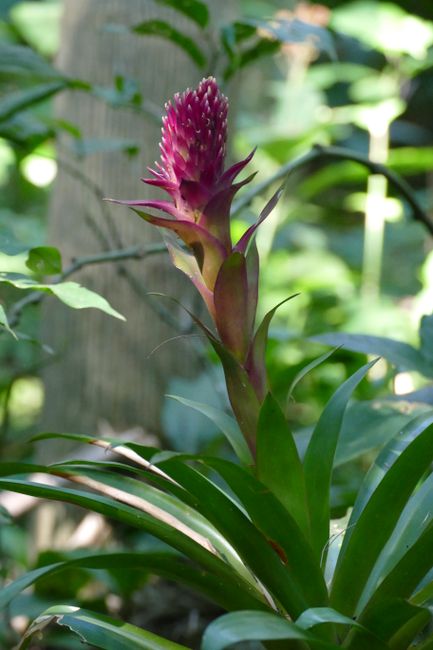
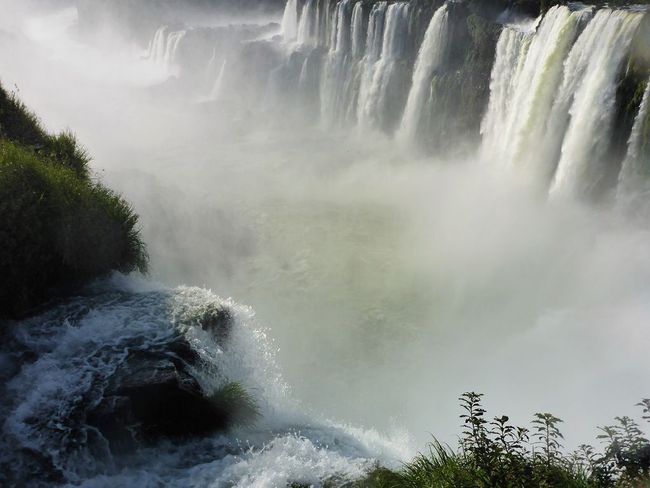
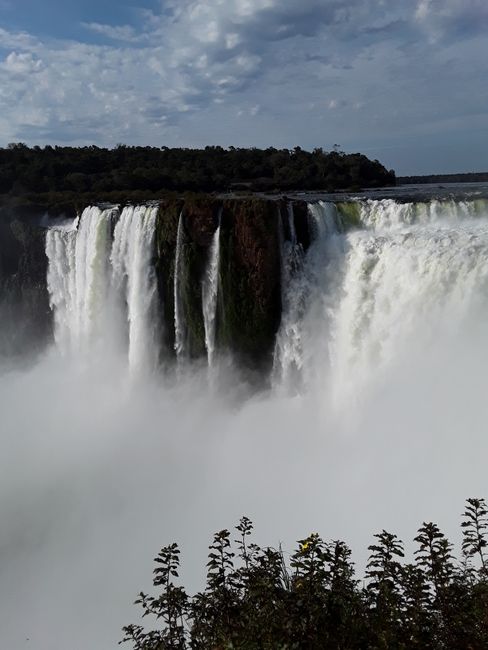
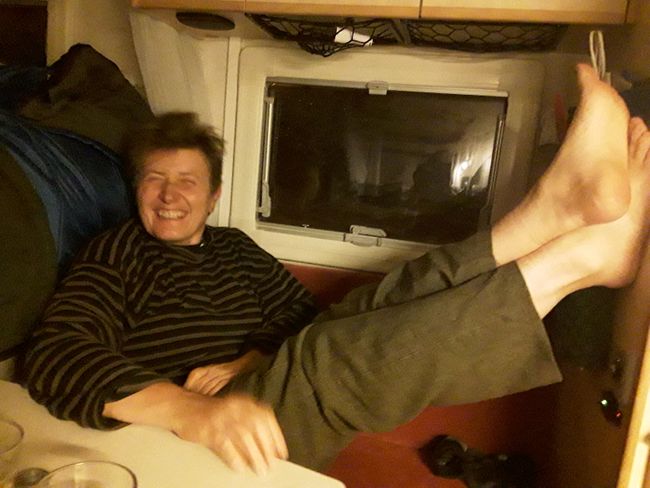
Debanye aha na akwụkwọ akụkọ
Resistencia is on our way south and is definitely worth a stop. The provincial capital of the Argentine Chaco, a subtropical lowland, rugged, sparsely populated, and brutally hot in summer, has ambitions to become the artistic center of northern Argentina. The city has been dedicated to sculptures for several decades, holding a biennial every two years and awarding an internationally significant prize for sculptors. Since 1997, Resistencia has been recognized by UNESCO as the capital of sculptures. We didn't even know that something like this exists, but since we are nearby, we don't want to miss the opportunity to see some of the sculptures. In the otherwise plain and unattractive city, there are now over 600 sculptures. During the biennials, the residents of Resistencia can purchase the award-winning artworks of national and international artists for a symbolic price, but they must display the works in public spaces. We get a city map and take an extensive sculpture walk through the city. It's really fun to discover and admire the different sculptures, sometimes tiny and sometimes huge, sometimes abstract and sometimes naturalistic, sometimes political and sometimes poetic, sometimes humorous and sometimes pathetic. The next morning, we visit the museum, where preparations for this year's biennial in July are in full swing. We spend a lot of time in the sculpture park and admire the works of last year's winners, and an employee of the museum takes his time to explain the history and significance of the biennial to us. It's a pity that we won't be here in July, it will certainly be a great event.
Actually, we want to continue from here to the Iguazu Falls, but since they are considered the tourist highlight of the continent and likely to be crowded, we don't necessarily want to arrive there on a weekend. So we make a detour and first visit the Esteros del Iberá Nature Reserve, an impressive wetland and the best place in South America to observe animals. Here, there is one of the most beautiful municipal camping sites in all of Argentina, right on the lagoon, with nice and level pitches, each with its own shade shelter with table and benches, power connection and water tap, with clean toilets and showers, and everything well-maintained - unbelievable how we appreciate something like this after five months of simple pitches and campsites. We arrive early in the afternoon and enjoy the tranquility and the fantastic view over the lagoon. We take a first walk through the reserve and actually see a caiman sunbathing motionless in the reeds, a few capybaras, and lots of birds. We book a boat tour for the next day, which starts right at the campsite - it couldn't be more convenient. We enjoy a fantastic sunset and then make ourselves comfortable in our shade shelter, which we share with our newly arrived neighbors, a young Argentine-Chilean couple with a small son. We communicate in a mix of Spanish, English, and gestures and have a nice evening. By the way, we learn that the coming Friday is Argentina's national holiday and are doubly glad not to be at the waterfalls.
At 10:00 am the next morning, we board a motorboat with four other tourists and leisurely cruise through the shoreline areas of the lagoon. Again, we can see caimans, a whole family with tiny offspring, lots of capybaras, herons, woodpeckers, ducks, vultures, and various other colorful birds, and even a marsh deer. Due to the small group, the very relaxed boat driver, who mostly turns off the engine and uses a pole to guide the boat through the reeds, and the peaceful atmosphere of the lagoon, it was a completely unspectacular but very impressive excursion. When we climbed out of the boat again after three hours at the campsite, we were greeted by a completely different scene. Tents are now everywhere, the place looks like a parking lot, and dozens of day visitors are crowded around the boats. Of course, it's the national holiday, and here in the reserve, Argentinians also enjoy the great weather and the long weekend. As the afternoon progresses, it gets busier and more bustling, and after a night of "Viva la Patria" cries, we decide it is better to keep the nature reserve in peaceful and serene memory and check out. But before we move on, we take a walk through the jungle and have good luck; high up in the trees, there are some howler monkeys who live up to their name! What a great farewell.
Our route from Iberá to Iguazu is on an incredibly bad dirt road. Fortunately, it's dry and there isn't much truck traffic, so we reach our destination slowly but without incident. A week later, due to heavy rainfall, it is impossible to pass through this road and visitors are stuck in the reserve. Those who still try to get through end up in muddy ditches, even 4x4 cars can't proceed and need heavy equipment to be rescued. Once again, we were lucky.
The Iguazu Falls are located on the border between Argentina and Brazil in a national park that consists mostly of subtropical rainforest and has a unique flora and fauna. Just before the Rio Iguazu reaches the edge, it splits into countless arms with islands, rocks, and reefs. This creates a chain of hundreds of waterfalls, from small to massive, stretching over about 3 kilometers. The majority of the falls are on the Argentine side, but we still cross the border into Brazil. From the Brazilian side, you have a frontal view of the falls, and since we're here, we want to admire the waterfalls from all sides. This time, the border crossing takes less than 3 minutes and is completely uncomplicated - just a small crossing for the tourist mega-highlight. Upon arriving at the campsite, the first disappointment; we're not the coolest kids on the block! So far, the Dub has always been either the coolest vehicle or at least as cool as others. But today we have to admit defeat. A Brazilian rocker family travels with a self-built motorcycle with three seats and a small black caravan - a real eye-catcher! The three of them are really cool and even though Portuguese is now completely out of the question, we manage to have a little chat.
The next day, we finally go to the waterfalls. The Brazilian side is perfectly organized, and the number of booths and the length of the barriers give an idea of what's going on here during the high season. We're lucky, it's relatively calm, we don't have to wait in line, and the bus that takes all visitors through the national park to the only path to the falls leaves immediately. Then, a three-kilometer-long path leads past the panorama of the waterfalls to the viewpoint of the Garganta del Diablo, the Devil's Throat, the largest and most spectacular of the falls. We are impressed by nature, the many butterflies, and of course the scale of the waterfalls and the breathtaking view. In the end, we go up with a glass elevator and take the bus back to the entrance. The view of the falls is truly unique, and we hope the pictures capture it to some extent. Should we even bother going to the Argentine side? Isn't it just a repetition? We give ourselves a day to think about it and first visit Parque das Aves, a huge bird park that houses the birds of Brazil, among others, in partially gigantic walk-in aviaries. We see macaws in all colors, tiny hummingbirds, impressive toucans, and many more strange birds that we have never seen before and that amaze us, especially with their extravagant headdress. It reminds us that we urgently need to see a hairdresser again...
Since the weather is still good, we also visit the Argentine side. Fortunately, because otherwise, we would have missed out on something really special. The Argentinians are also prepared for masses of visitors, but as always, they are slightly less organized than their neighbors, but relaxed and laid-back. Today, there are even fewer people than two days ago on the Brazilian side, and we first walk along the lower path, the Paseo Inferior, passing by footbridges, bridges, stairs, and plank walkways through the jungle and close to some of the many waterfalls.
Then we take a small train to the starting point of the 1300 m long walkway, which leads over the calm and picturesque side arms of the Rio Iguazu to the huge cliff where the river plunges into the depths in 2 stages, the Garganta del Diablo. In Brazil, we admired this unique natural spectacle from a distance, now we're right in the middle of it, hearing the deafening roar of the falling water, getting soaked by the spray, and standing in awe before and within this primeval force of nature. It cannot be described and only inadequately captured in pictures, but these waterfalls are the most powerful and perhaps even the most spectacular thing we have ever seen. And once again, we think about how fortunate we are and how grateful we are to be able to make such a journey.
We take advantage of the opportunity to go back to the park the next day at half price. But this time, the waterfalls are not our destination, but a half-day jungle hike. Today, it's cloudy and quite humid, so we spray ourselves thoroughly with mosquito repellent to keep the little pests from driving us crazy and set off on our way, or rather on the jungle path. Most visitors come to the park because of the waterfalls, few of them want to hike here, so we have the jungle almost to ourselves. It's a special atmosphere here, the insects are buzzing, butterflies are tumbling everywhere, birds are chirping, but they can't be seen in the impenetrable thicket of the forest. Monkeys jump around above us in the treetops, and every few minutes, this tropical concert is drowned out by the noise of the helicopter's rotor blades. For $100, you can fly over the waterfalls for 10 minutes! Apparently, many tourists take advantage of this offer. We also pondered for a long time whether we should treat ourselves to it, but eventually decided against it. We have seen the waterfalls from a distance and experienced them up close, with all our senses. A 10-minute aerial overview is not worth $200 to us. We can understand the concerns of environmentalists regarding the impact of this tourist offer on the flora and fauna very well after our hike. When we arrive back at our car exhausted from the sultry heat around noon, we agree that the Iguazu Falls and the jungle are definitely one of the highlights of our journey.
Debanye aha na akwụkwọ akụkọ
Zaa (3)
Kerstin
Hammer- Fotos und ein toller Bericht! Die Wasserfälle und die Tierbilder- einfach genial . Ich freu mich so für Euch, die Erlebnisse muss man erstmal alle verarbeiten. Weiterhin gute Reise und liebe Grüße! Barbara
Ilse: Gigantische Bilder, unglaublich was Ihr alles zu sehen bekommt. Mit dem dazu passenden Bericht bin ich fast dabei.
Gute Reise und liebe Grüßech
Euer Blog ist echt genial. Ganz lieben Dank dafür. Viele Stationen rufen in uns schöne Erinnerungen hervor. z. B. der Campingplatz der Colonia Pellegrini am Iberá. WOW!!!! Ihr habt Euch tatsächlich getraut, die Ruta 40 gen Osten (besagte Lehm/Schlammstrecke) zu nehmen. MUTIG, MUTIG!!! Wir sind damals ganz brav die Hoppelstrecke auf rotem Schotter Richtung Süden nach Mercedes gefahren. 80 km in 3 Stunden. Ihr habt das bestimmt untertroffen :=)))